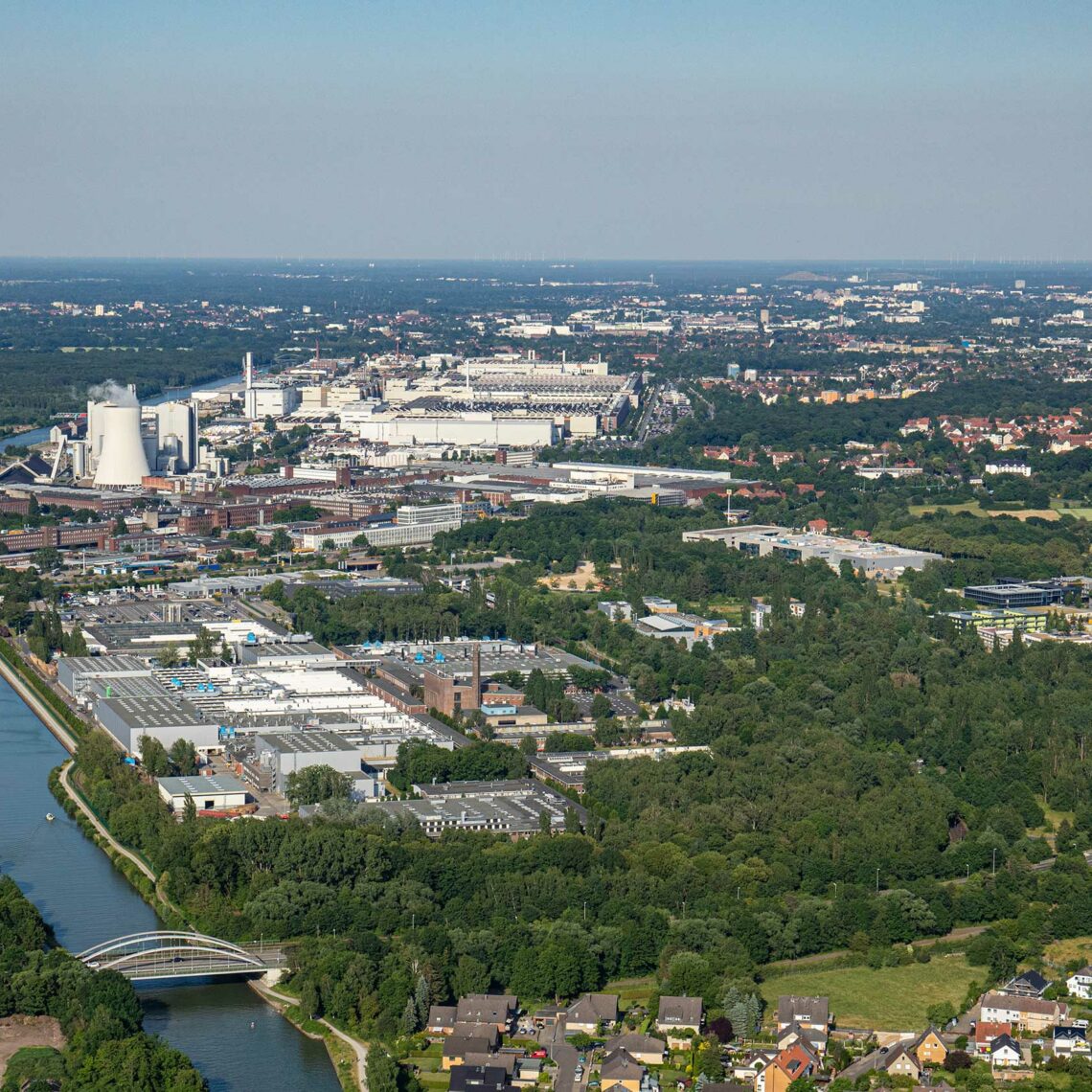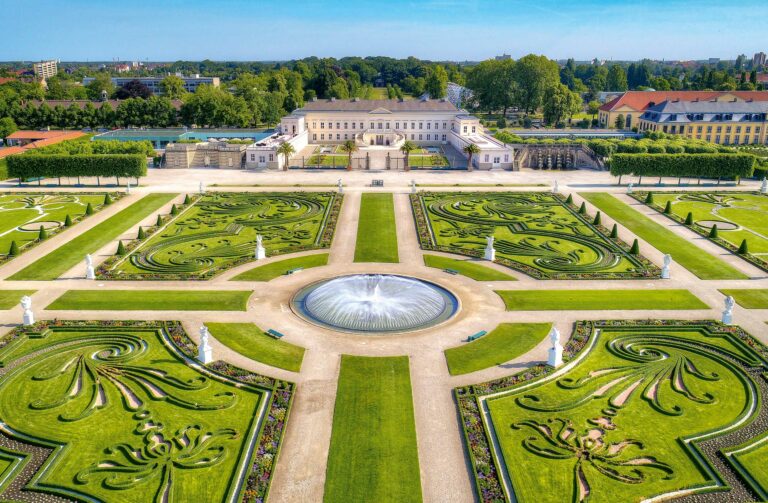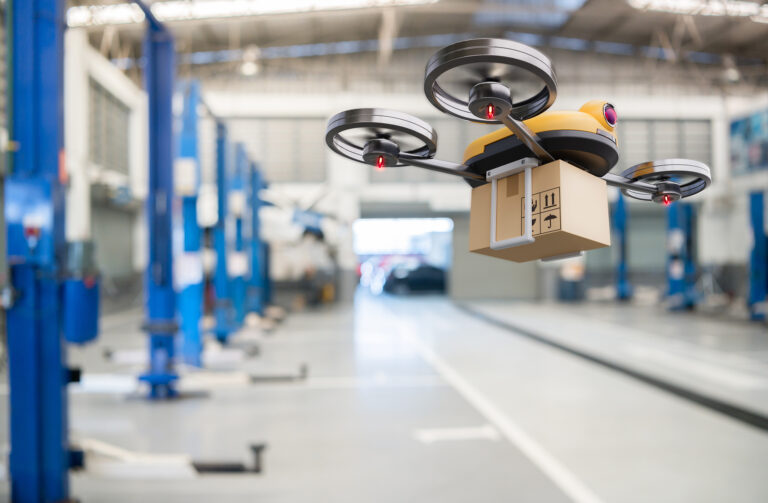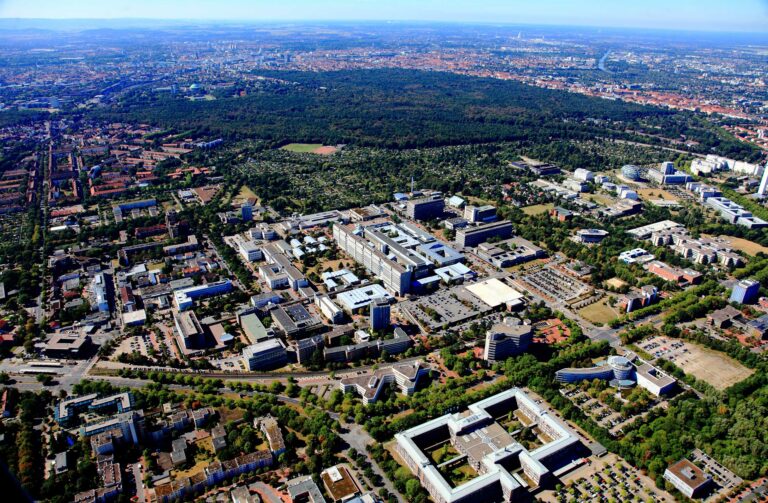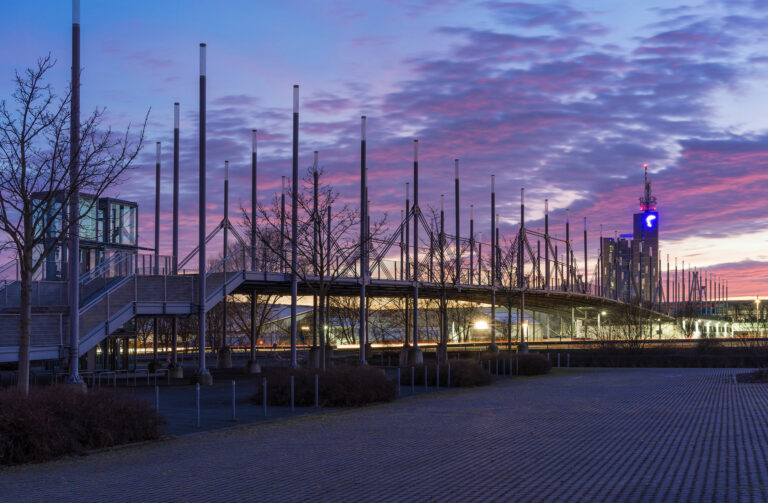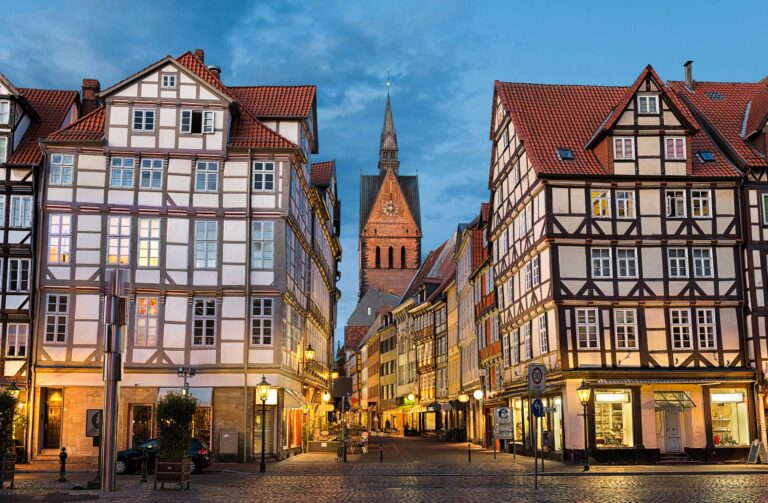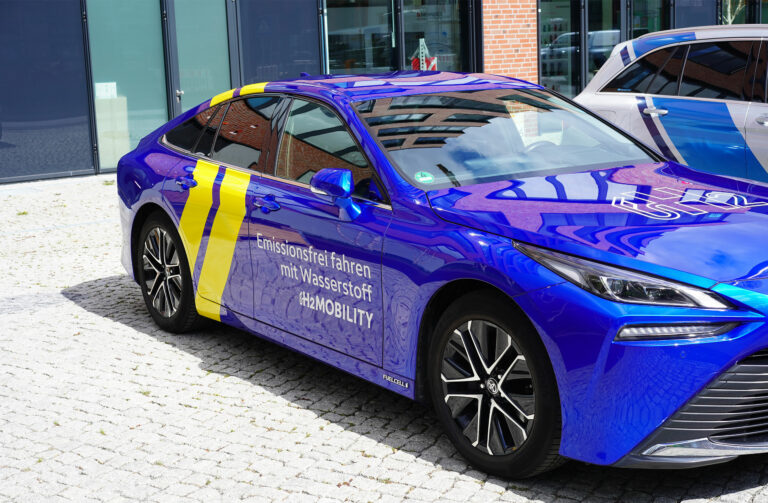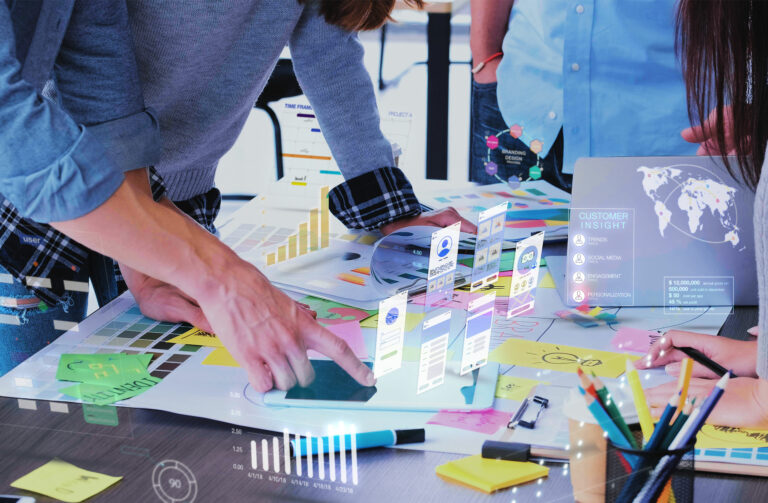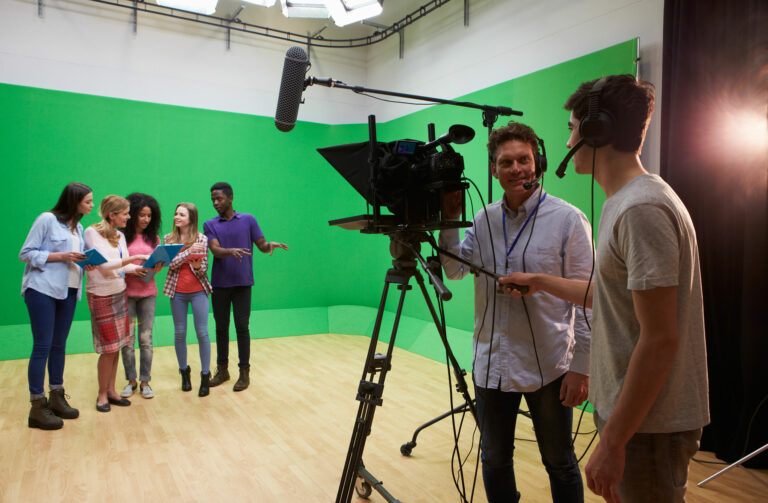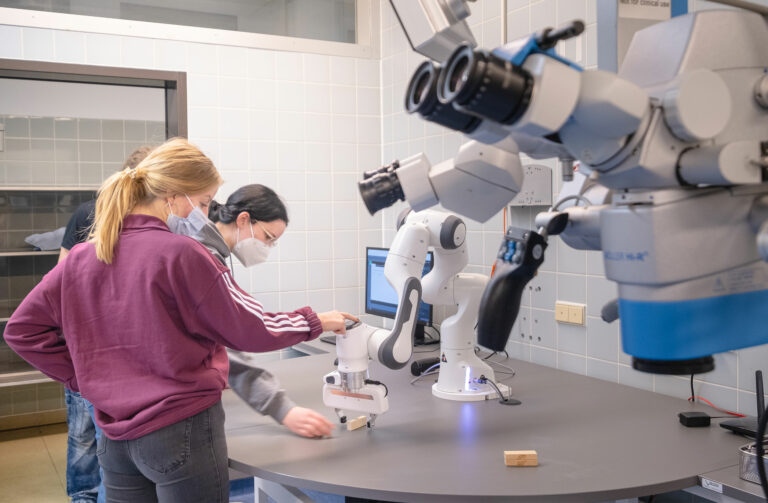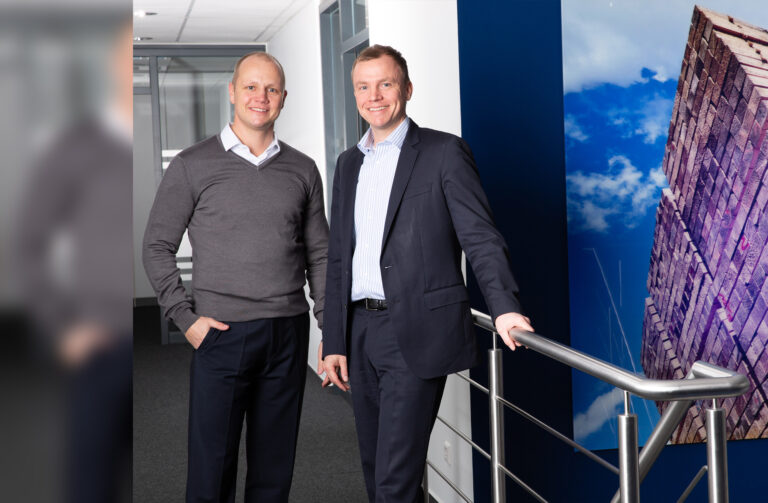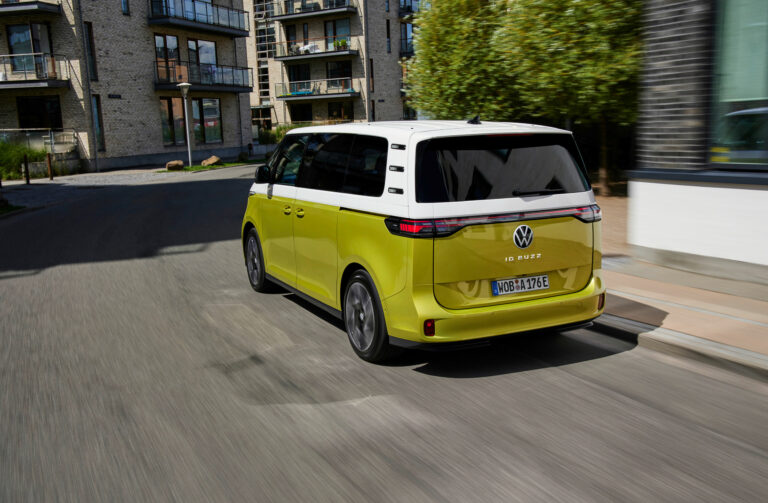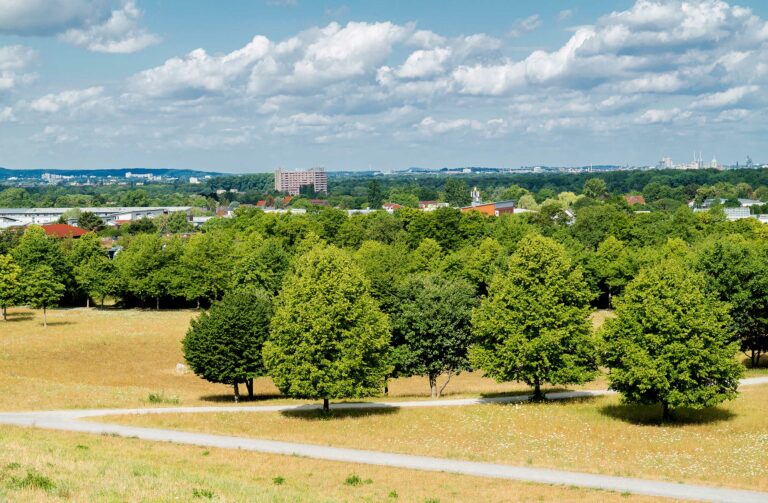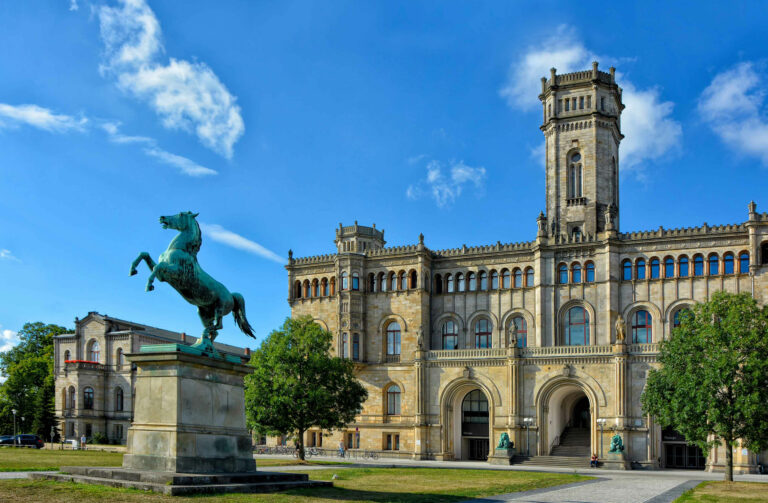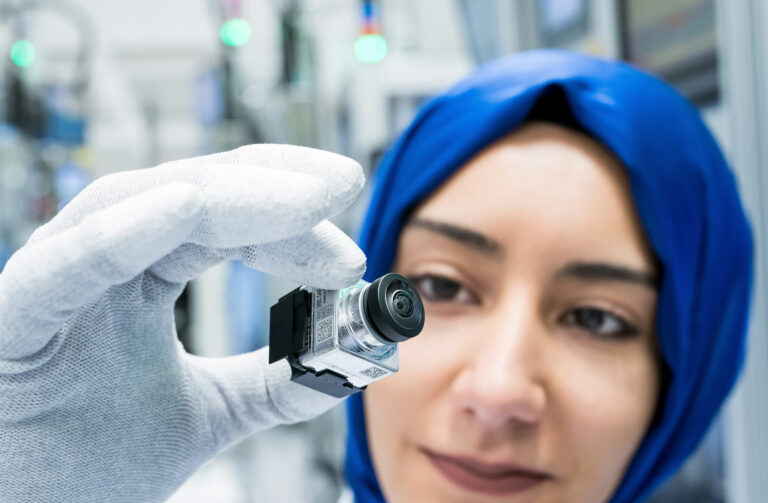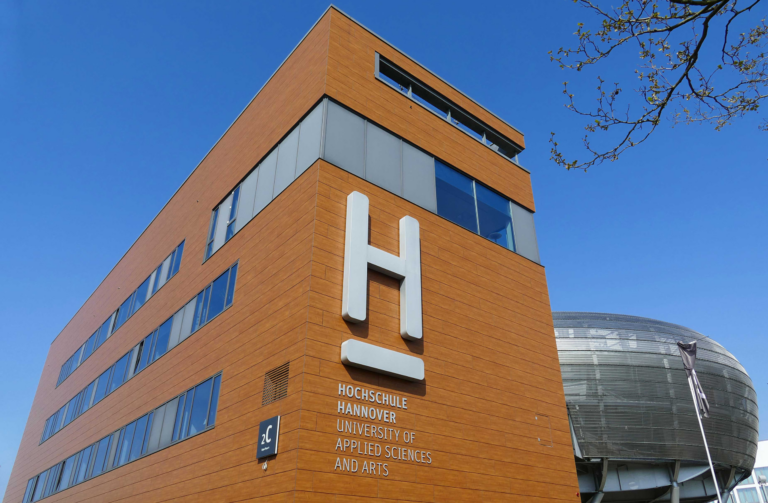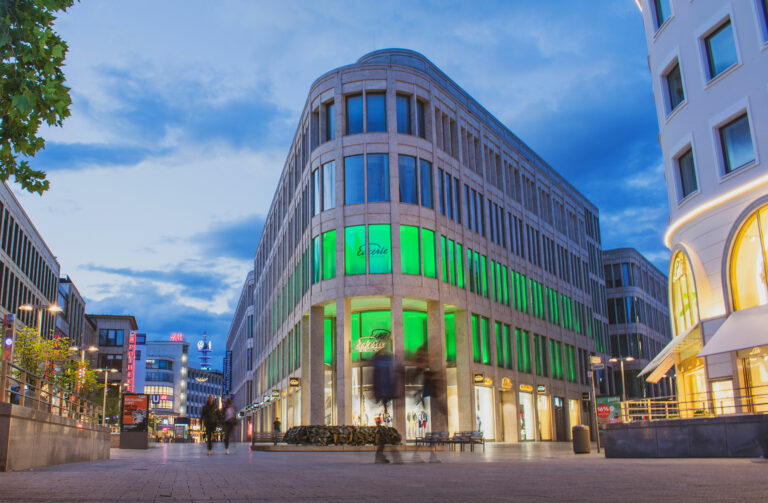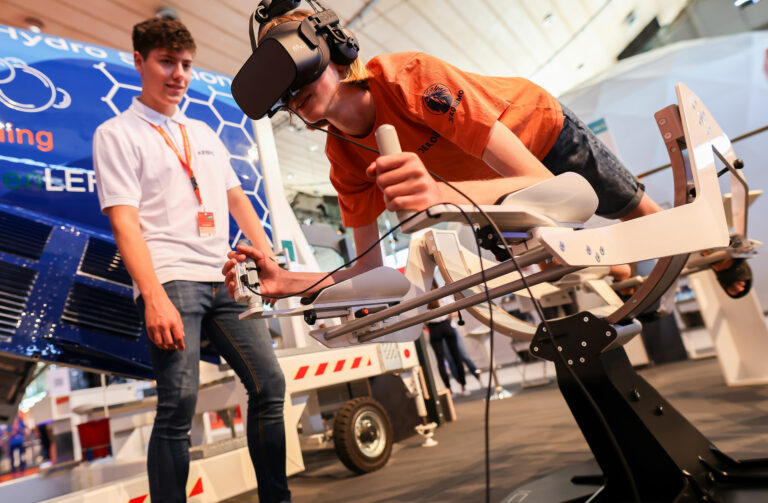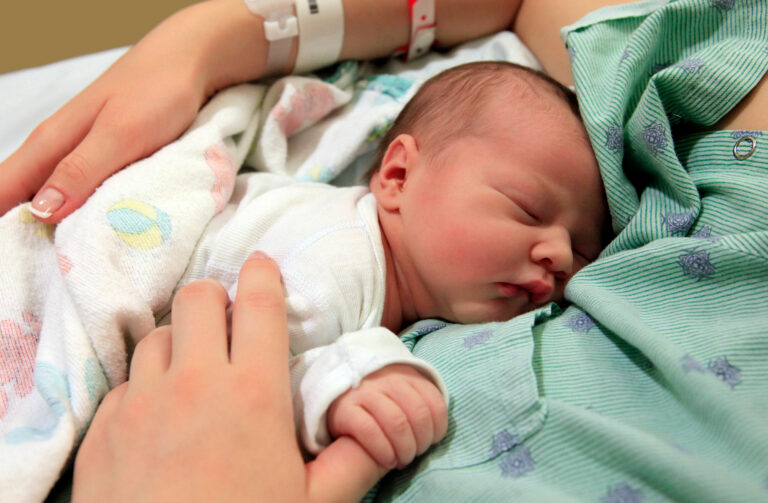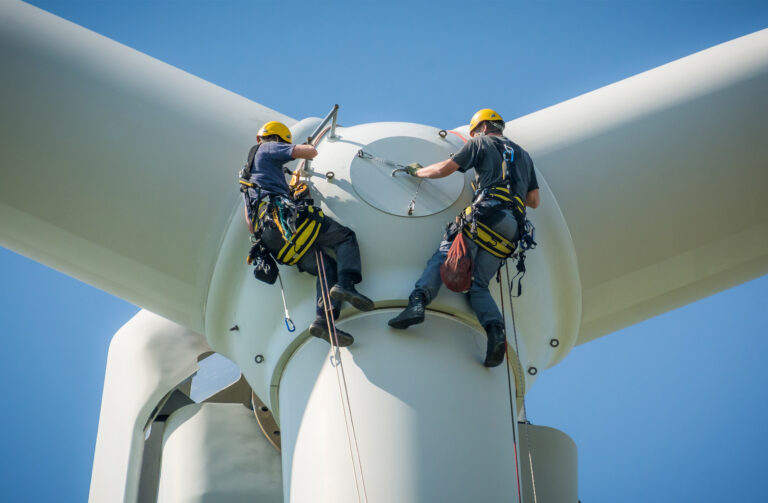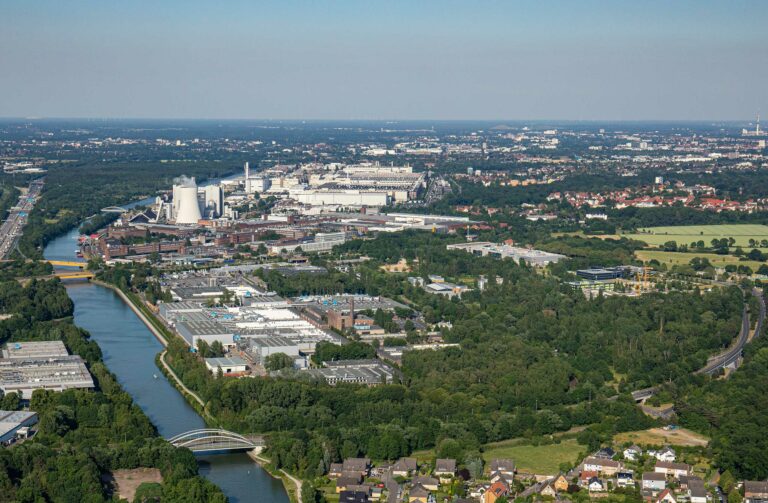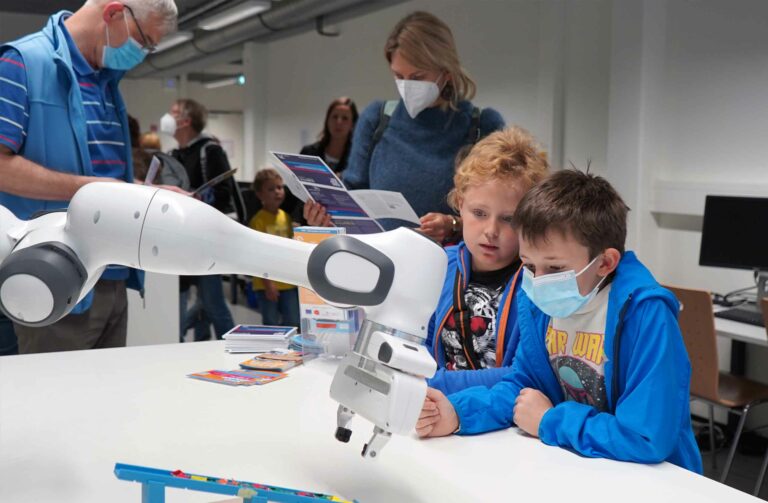Hannover’s high-tech cluster is growing
Hannover’s high-tech site Marienwerder benefits greatly from close links between business and science. It is therefore no great surprise that a second technology cluster is emerging in the immediate neighbourhood: Technology Park Garbsen.
“We have succeeded in establishing a strong mixture of start-ups together with small and medium-sized businesses from the research, development and technology sector”, sums up Gabriele Zingsheim, head of Hannover’s economic development agency. But a glance at the map of the Science Area 30X in Hannover-Marienwerder, which was called Science and Technology Park Hannover until recently, leaves mixed feelings: Only two hectares of the 28 hectare area are not sold or planned. That does not leave much scope for companies that would prefer to have space of their own, rather in one of the (growing) technology centres. But only a few hundred metres away, there will soon be a second technology park in Garbsen, built around the university’s mechanical engineering institute.
But first it is worth taking another look at Marienwerder and its turbulent beginnings. In 1989, the city purchased the land as a potential commercial estate and proceeded with an elaborate decontamination process to remove toxic residues from the battery production facility that used to be on the neighbouring former premises of AFA (subsequently Varta, today Clarios). The land itself was never actually a production site as such.
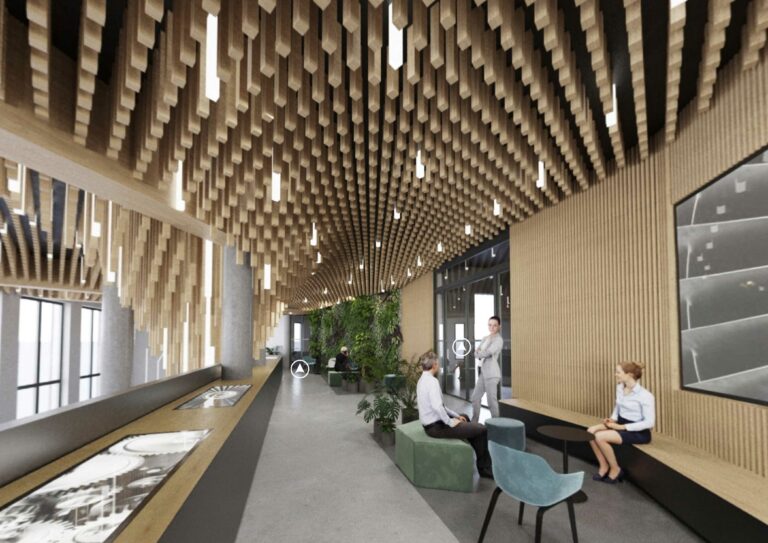
The beginnings: Sican and LZH
“Hannover wanted to create space for start-ups from the university”, says Zingsheim with an explanation of all the effort involved. The state of Lower Saxony was originally planning on a larger scale, and wanted to have a microchip factory established here. But the project failed, resulting instead in Sican, a private technology centre. Since it was inaugurated in 1991, it has become a renowned address for young companies in the field of microelectronics and laser systems.
LZH, the Laser Centre Hannover, is even older and was one of the first to settle in the science park as a start-up from Leibniz University in 1986. The 200 people currently working at LZH include many doctoral students and post-docs from the university who continue to use their ideas as a springboard to self-employment.
Up to now, this has resulted in 18 new companies in the field of optical technologies, including Cutting Edge Coatings, founded by Kai Starke. In 2007, the company began making systems that were developed on the basis of research projects for optical filters. Today they produce highly complex special machines in the Taurus Technopark to manufacture top quality laser mirrors for industry and pure research. Why have they stayed here? “The atmosphere makes a big difference, and the personal contacts are also important”, says CEO Kai Starke. “When we have to analyse something, we can use our neighbour’s equipment and discuss new ideas at the same time.”
Today the Science Area 30X has more than 60 institutes and companies involved in the high-tech sector as well as the automotive industry, including the automotive supplier Forvia with 850 employees working on site here since early 2022. “The Science Area has already brought us together with the Leibniz University here in Hannover: we have set up a series of joint lectures on product development and are working together on research into new seat technologies”, explains Christian Beer, CEO Faurecia Seating.
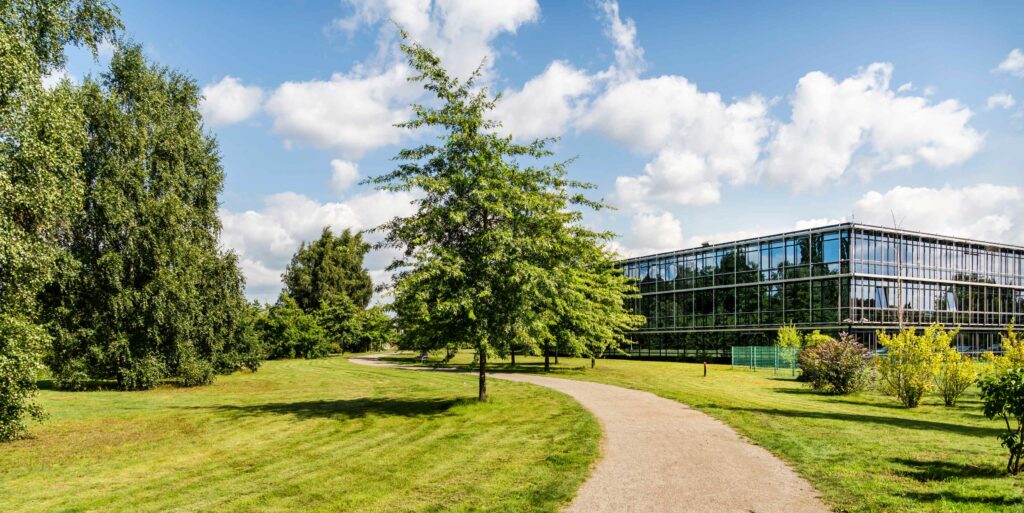
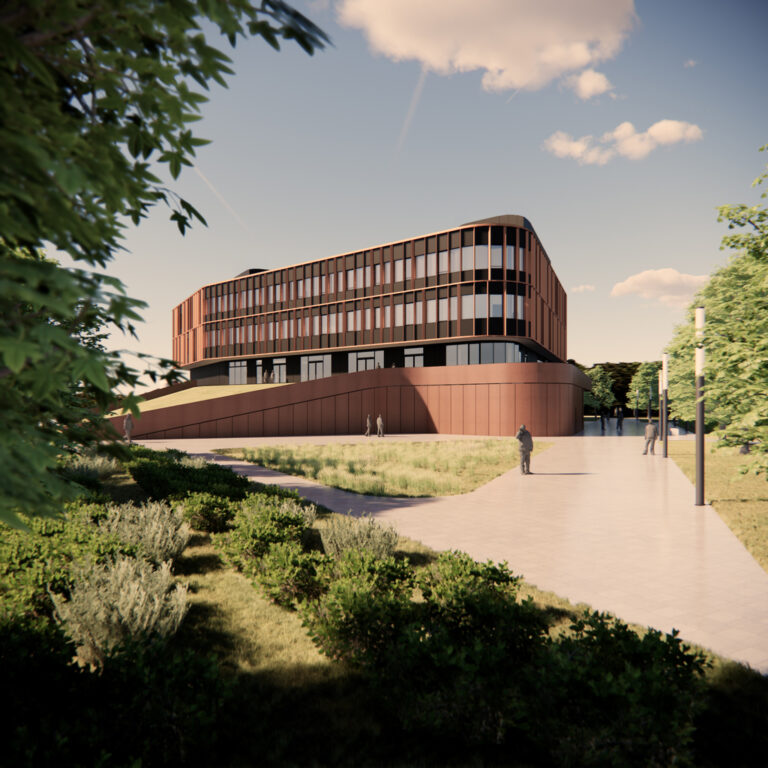
Researching and working in green surroundings
The arrival of Forvia, the latest extension of the technology centre and planned projects such as the vocational training centre for Lower Saxony’s Chimney Sweep Guild, bear witness to the growing dynamic of the technology park. “One reason for this is sure to be the wide-spread fibre optic network and the district heating supply. Furthermore, the high-tech park is embedded in an attractive country park”, says Zingsheim from the economic development agency. “We can now attract innovative companies with the prospect of working and researching in green surroundings.”
Today’s three technology centres, play a central role in business development. Besides Sican, these are the Technology Centre of hannoverimpuls, the economic development agency of the capital city and the Region Hannover, which was extended in November 2022, and the Technopark of US project developer Taurus Investment, which confidently markets their site through the property consulting firm Aptum under the name of “Marienvalley”.
New technology-oriented companies also continue to emerge from the research institutes, following the impressive example of the Laser Centre Hannover.
“We therefore see good chances of Opticum strengthening the site with optical technology. The project is a milestone for Hannover”, says Zingsheim for the economic development agency.
Opticum is a national lighthouse project for research into new optical technology, combining optics, production technology, material development and computer science. The federal government and the state of Lower Saxony are providing 54 million Euro in funding for the research building which will accommodate the Leibniz University’s Research School for Optics and Photonics, as well as around 120 researchers from the PhoenixD cluster of excellence.
Overview: Science Area 30X
With around 60 companies, technology centres and institutes, the former technology and science park Marienwerder combines expertise in automotive engineering, optics, production technology, IT, medicine and biotechnology with a workforce of meanwhile more than 1,000 employees. It benefits from Hannover’s reputation as an academic and research city with around 51,000 students, including in particular the nearby Leibniz University, one of Germany’s leading technical universities with an international reputation.
The best-known (larger) entities that have settled here include automotive supplier Forvia, the LZH Laser Centre, the non-profit IPH (Institute for Integrated Production) and the technology centres of hannoverimpuls, Taurus Investment and Sican.
Leading automotive companies have settled in the direct vicinity of the technology parks in Marienwerder and Stöcken, including VWN (Volkswagen Commercial Vehicles), automotive supplier and tyre manufacturer Continental, and Clarios, with its focus on developing batteries for many types of vehicle. The three companies have established management and production facilities here as well as research and development activities.
Planning is in progress for Leibniz University’s Opticum research building, the BIS Training and Innovation Centre for the chimney sweep trade, including among others the Institute for Building Ventilation and Digitalisation of the Chimney Sweep Guild Hannover, as well as an inclusion hotel with a workforce consisting primarily of people with disabilities which will offer service apartments for longer stays.
Successful division of labor
In contrast to the young start-ups working in the LZH Laser Centre and in the hannoverimpuls Technology Centre, Tarus and Sican as the operators of the technology park tend to focus more on companies that have already completed their first growth phase. These include, for example, the laser technology specialist Civan Lasers and Maurer Electronics, a subsidiary of the Bundesdruckerei (federal printers) that develops hardware and software for ID systems.
Similar candidates are also the target group for the third construction phase of the Taurus Technopark. This consists of a six-storey building costing 150 million Euro which should increase the total effective surface area by early 2024 to 43,000 square meters floor space for up to 2,500 employees. Like the previous construction phases, the new-build will offer sophisticated building services for start-ups in the electronic, pharmaceutical, biotechnology and mechanical engineering sectors.
“Here companies can pursue both research and actual production”, says Taurus CEO Ulrich Gerhardt: the ground floors offer double room height, particularly high floor loading and extra strong ventilation systems. Companies that have profited from this include the multiple award-winning medical start-up Cardior, which has been using two clean rooms since 2022 for research and development of RNA-based therapeutics to prevent heart disease. But the facilities provided by Taurus also attract established companies to settle here, including the Singapore tyre manufacturer GiTi Tire with its research and development department.
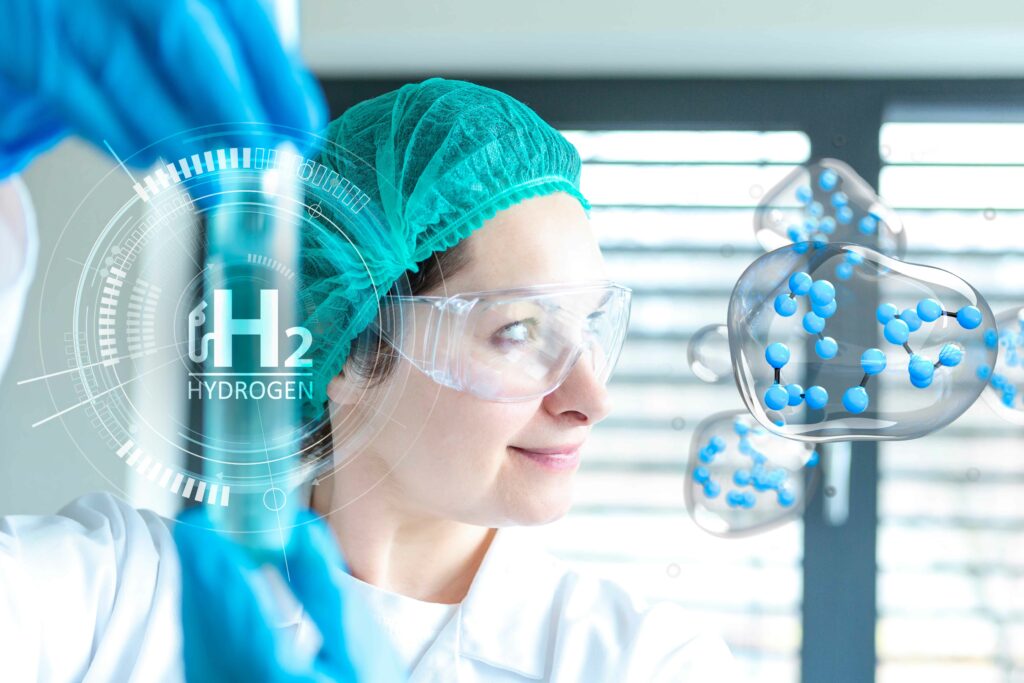
New technology park in Garbsen at Mechanical Engineering Campus
Located just a few hundred metres away, a new technology park is emerging in Garbsen that has not yet been given an official name, with the aim of profiting from the Leibniz University’s Mechanical Engineering Campus in Garbsen. In 2004, eight production technology institutes belonging to the university were relocated here to Hannover’s neighbouring town, forming the Centre for Production Technology (PZH) as the first phase of the Mechanical Engineering Campus. Around 270 researchers from engineering and the sciences work here to develop new machines and processes, frequently in cooperation with industry.
In 2019, the university’s 11 remaining mechanical engineering institutes moved into the second phase of the Mechanical Engineering Campus, which cost around 149 million Euro to build. The campus is thus complete and offers space for around 5,300 students and employees. It now also accommodates the Hydrogen Campus Hannover as the central cluster of a future hydrogen economy, according to the Generation H2 strategy of the Region Hannover.
To encourage university spin-offs and also offer new possibilities for young high-tech companies to settle in the area, the Region Hannover and the town of Garbsen want to build a technology park on four hectares of land with 50,000 square metres of office, seminar, laboratory and workshop facilities in five building phases. To this end, Garbsen and the region are currently preparing an investor selection process. Concept ideas were presented at the Expo Real 2022 in Munich and architectural designs will be submitted by mid-2023. The first building could open its doors in early 2026.
Header picture: Science Area 30X und Wissenschaftspark Garbsen
Photo: Dirk Laubner

